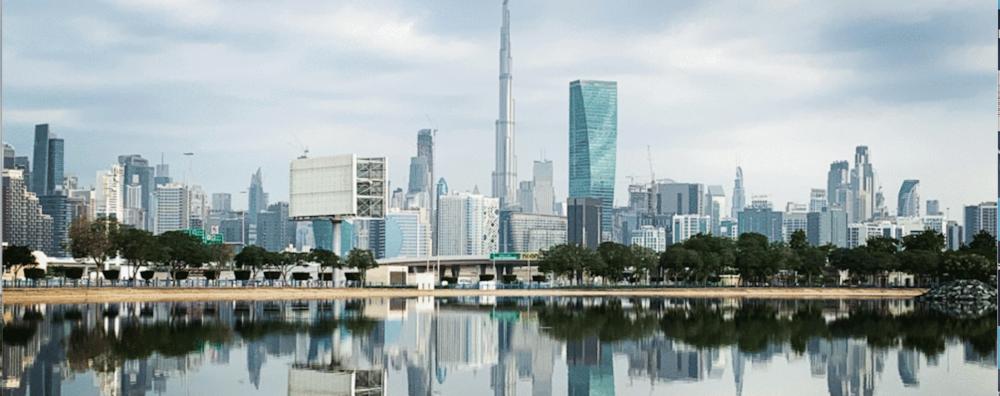
With less than 48 hours to go until the UAE’s first-ever interplanetary mission reaches Mars, the Hope Probe is now approaching the most nail-biting stage of its historic, seven-month, 493 million kilometre journey through space.
You’ll need to strap yourself in for the ride on the evening of 9 February and be prepared to wait with bated breath as the probe performs a 27-minute deceleration ‘burn’ some 2,363km from the surface of the Red Planet.
The spacecraft, which launched from Japan’s Tanegashima Island on 20 July 2020 after several days of bad weather, is set to capture into Mars orbit on Tuesday evening at 7.42pm, UAE time.
However, the Mars Orbit Insertion (MOI), as the complex manoeuvre is known, is a high-stake, high-risk operation with no guarantee that the six years of continuous work on the probe will end in success.
As Hope Probe nears Mars’ orbit, the spacecraft will fire its six Delta V thrusters to rapidly reduce its speed from 121,000 km an hour to 18,000 km/h.
The thrusters are paired, so if one flares out, a second burner goes too. If Hope loses a thruster pair, it can still complete the MOI. The failure of a second pair would end the mission.
“Precision is fundamental to success to avoid, God forbid, Hope Probe crashing on Mars or missing its orbit and getting lost in deep space,” said Omran Sharaf, project director of the Emirates Mars Mission, at a press briefing at the Mohammed bin Rashid Space Centre.
While multiple tests have been carried out to perfect the manoeuvre, space exploration is an inherently dangerous business, and Sharaf says he is keenly aware that 50 per cent of all missions to Mars have failed.
Despite the years of testing, the deceleration burn will be the first time the platform has been tested in the harsh environment of deep space. For 15 particularly nerve-wracking minutes, radio signals will be lost as the Hope Probe flies into the dark side of Mars.

Provided the Hope Probe does not slingshot around the Red Planet and drift, lost, into outer space, the spacecraft will provide the first-ever complete picture of the Martian atmosphere, monitoring weather changes throughout the day during all seasons, which has not been done by any previous mission.
“What is unique about the Emirates Mars missions is having a near-equatorial orbit,” she said. “That means the spacecraft is closest to Mars at 20,000km, and at its furthest at 43,000km. With this unique orbit, the spacecraft will take 55 hours to complete one orbit around Mars and throughout a 10 day-period we will be able to observe the entire planet at different timescales.”

Weather patterns
The mission will provide deeper insights on the climatic dynamics of the Red Planet through observing the weather phenomena on Mars, such as the massive dust storms that engulf the Red Planet, as compared to the short, localised dust storms on Earth.
The science will focus on better understanding the link between weather changes in Mars’ lower atmosphere, with the loss of hydrogen and oxygen from the upper layers of the atmosphere. The probe, for the first time, will study the link between weather change and atmospheric loss, a process that may have caused the Red Planet’s surface corrosion and the loss of its upper atmosphere.
Exploring connections between today’s Martian weather and the ancient climate of the Red Planet will give deeper insights into the past and future of Earth and the potential of life on Mars and other distant planets.
I know I’ll be keeping everything crossed on Tuesday night for a successful capture by Mars’ gravity!
